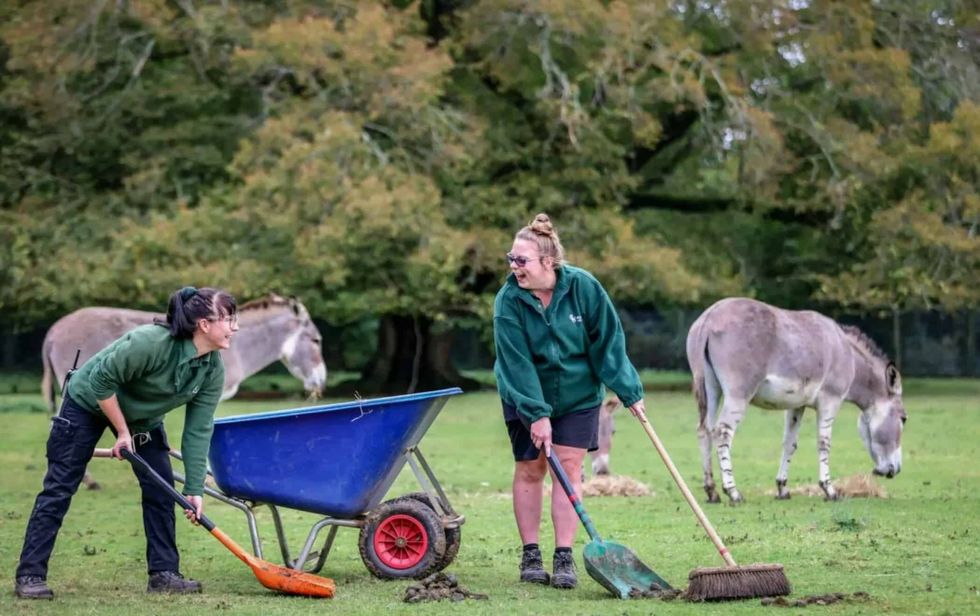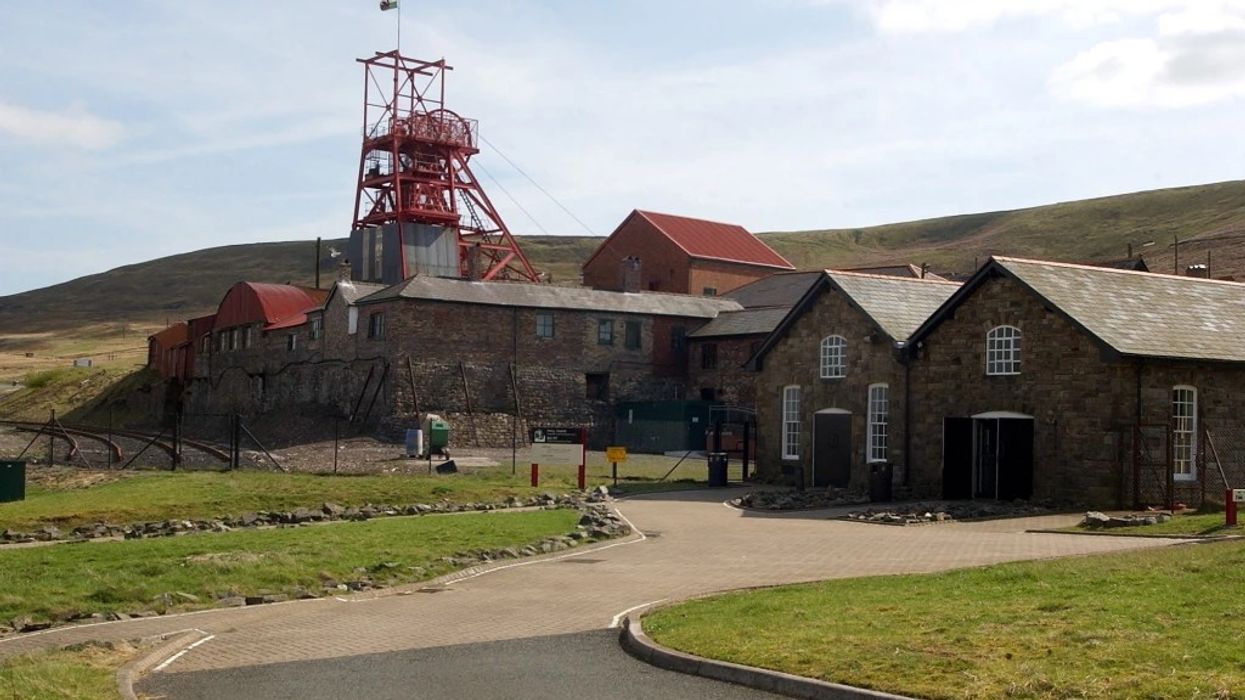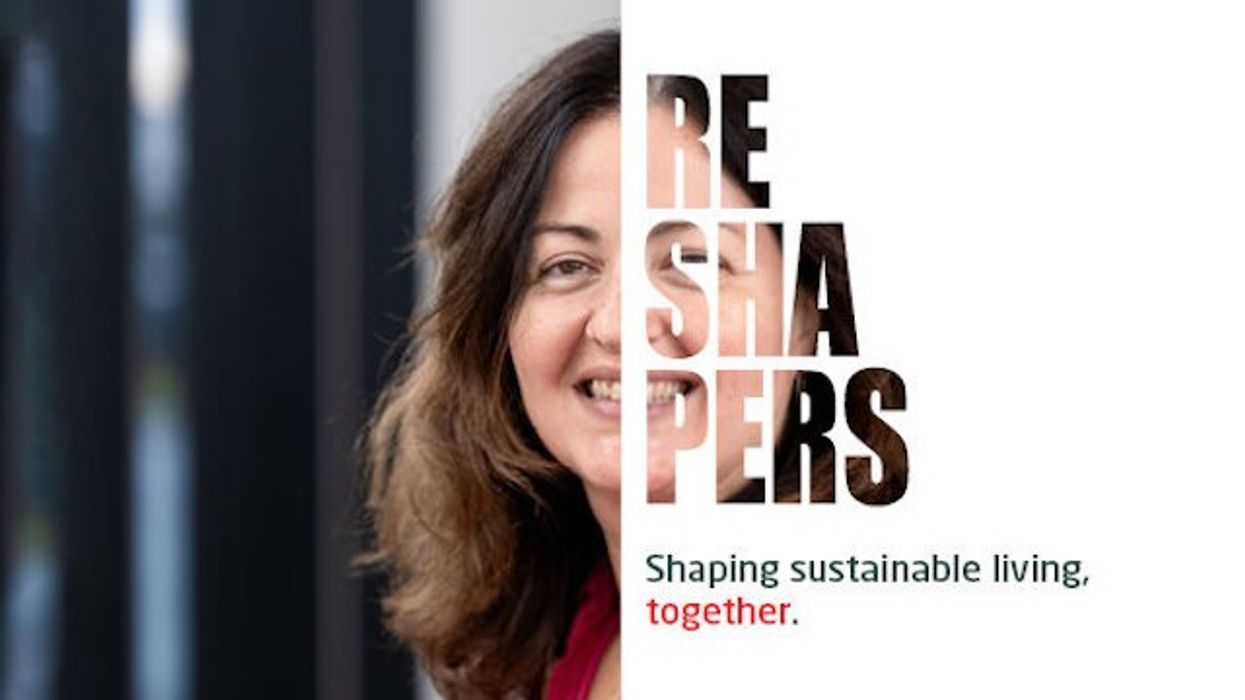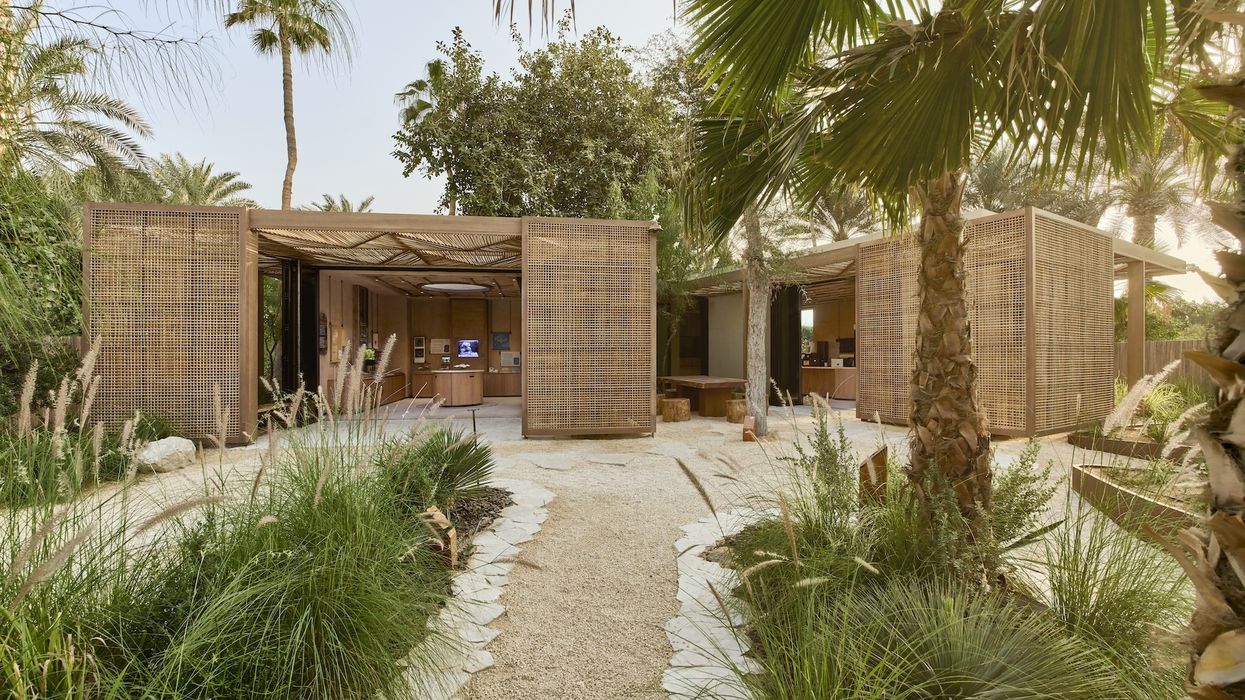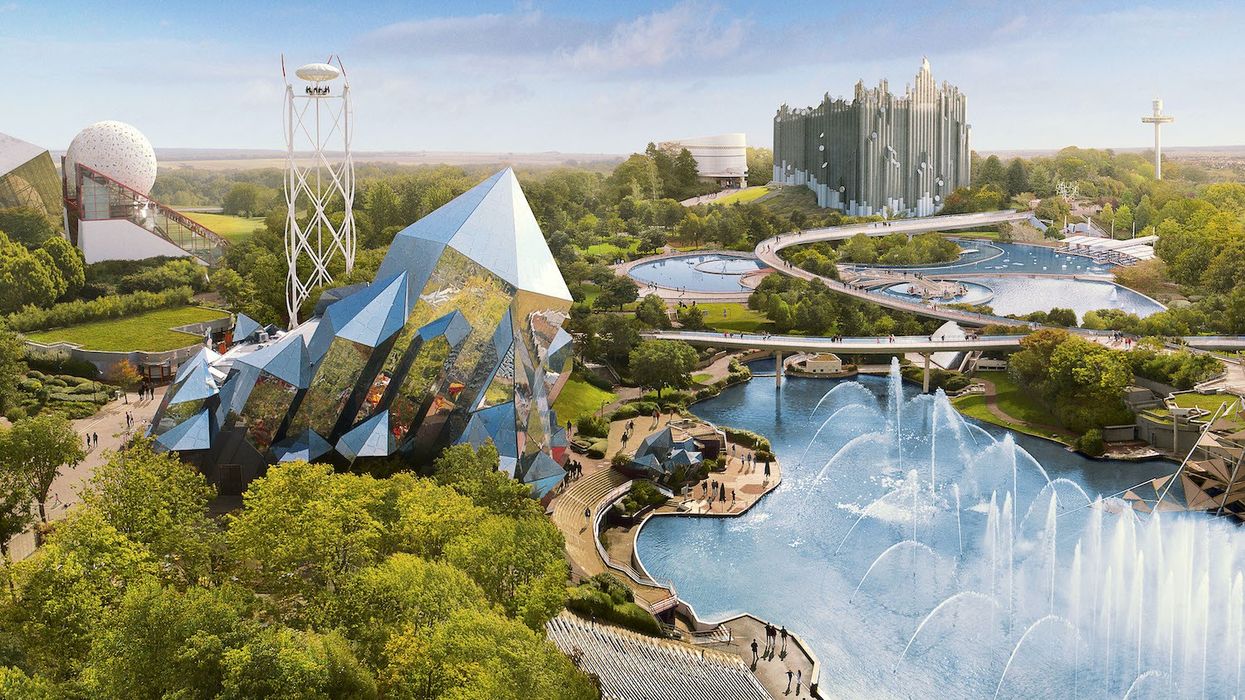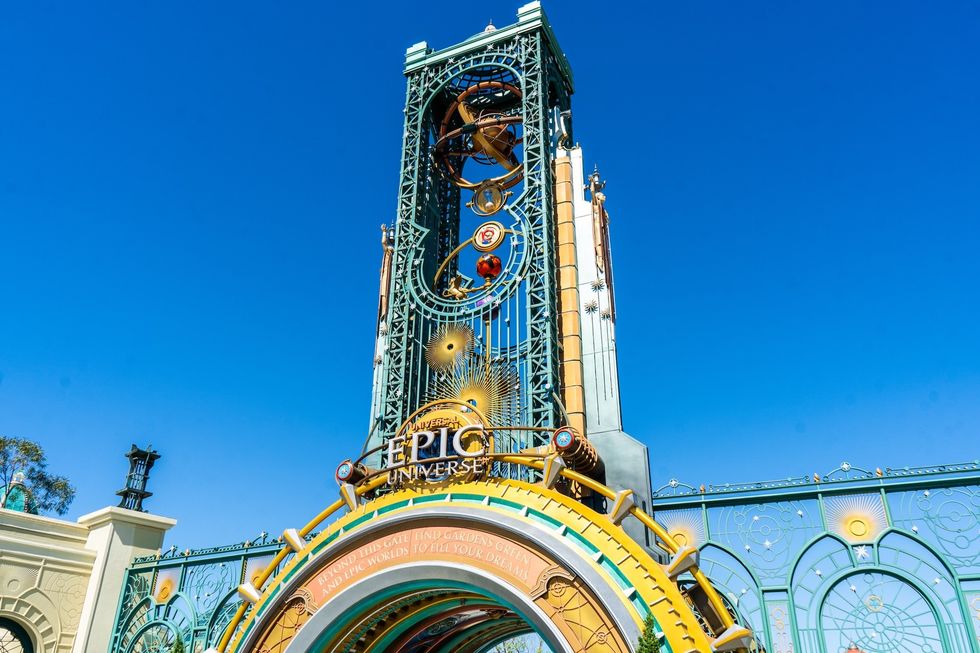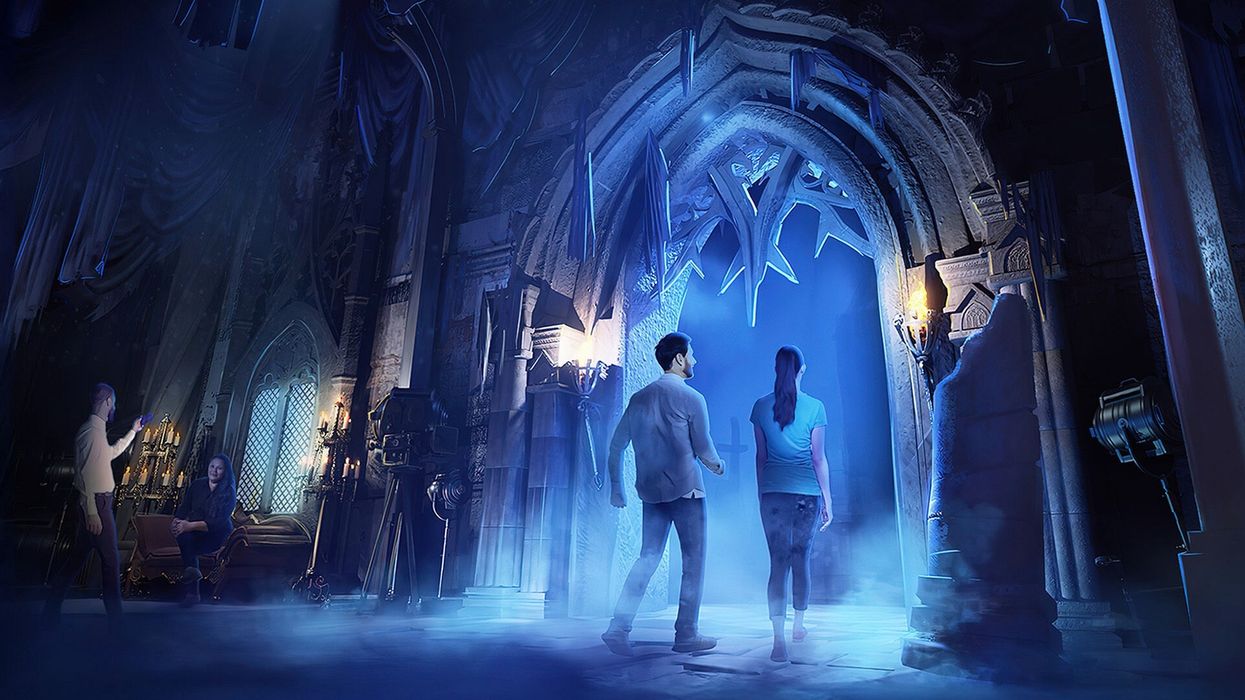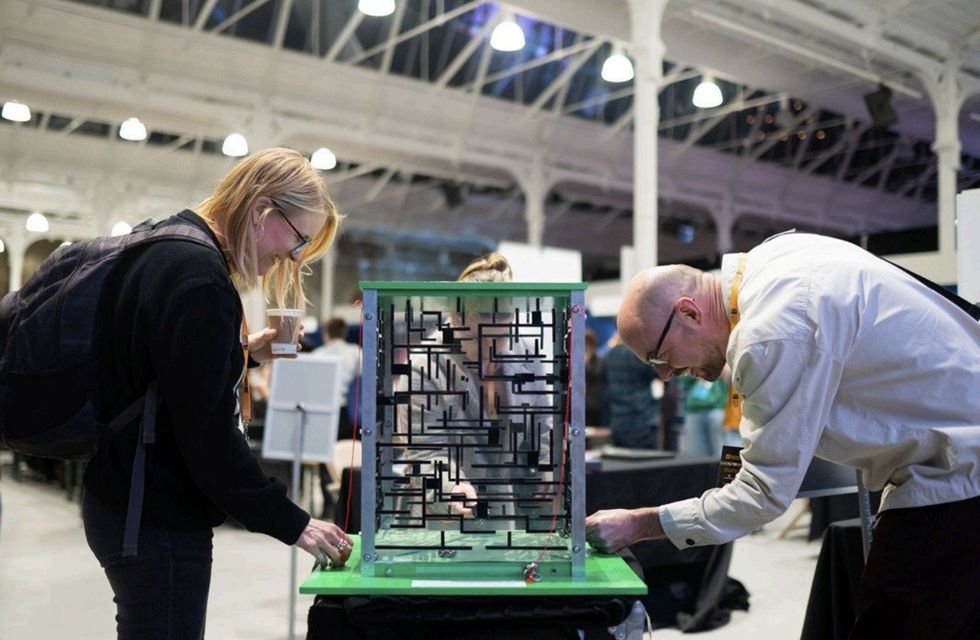Marwell Zoo in Hampshire is making use of 'zoo poo', generating renewable energy using waste from endangered species such as Grévy's zebra and the scimitar-horned oryx.
Marwell Zoo is the first zoo in the UK to heat its largest buildings using biomass technology, part of the attraction's goal to become carbon neutral in 2022.
"Using heat in this way from our own animals is unique in the UK and, as far as we know, across the world," said Dr Duncan East, head of sustainability.
"There is an urgent need to reduce the burning of fossil fuels and leave these high carbon sources in the ground. We can’t act soon enough to replace the oil-fired heating systems in these buildings."
Marwell Zoo utilising biomass technology
The sustainable initiative will save 220 tonnes of CO2 equivalent annually, with animal waste processed into briquettes to fuel Marwell Zoo's new biomass boiler efficiently.
"Previously, 600 tonnes of animal waste was taken off-site to be composted. This came with a significant carbon transport cost," East added.
"We came up with the idea of biomass heat generation to reduce our carbon footprint. We would turn a previous waste stream into a valuable resource – achieving cost savings in the process."
The process begins in the morning when keepers sweep up animal waste from paddocks and enclosures, before a mini refuse truck collects the poo and transports it to the Marwell Wildlife Energy Centre.
Next, a digger transfers a combination of manure and bedding to a shredder for mixing. This is dried and pressed into briquettes, which are fed into the biomass bioler.
Hampshire zoo to become carbon neutral
The boiler produces hot water, which goes into a 15,000-litre thermal store before flowing underground to heat the zoo's Energy for Life: Tropical House exhibit, opened in 2018.
The tropical house offers educational exhibits on energy flow and climate chance, with resident animals including a Linnaeus's two-toed sloth, tropical birds and crocodile monitor lizards.
Marwell Zoo plans to heat its other buildings using biomass technology. Since 2008, the zoo has reduced its carbon output by 77 percent.
"Replacing oil-fired heating systems with heat generated from waste from our own animals will hugely reduce our carbon footprint," East said. "What better way than to make use of a material which is in abundant and continuous supply."
Images: Marwell Zoo


